*NURSING > DISCUSSION POST > NR 603 Week 1 Initial Discussion Post Compare and Contrast Benign Positional Vertigo and Meniere’s (All)
NR 603 Week 1 Initial Discussion Post Compare and Contrast Benign Positional Vertigo and Meniere’s
Document Content and Description Below
Benign positional vertigo and Meniere's disease are both a neurological disorder with similar signs and symptoms that may cause a challenge for providers to diagnose. Meniere's disease also known as ... idiopathic endolymphatic hydrops, is a chronic inner ear condition with a characteristics recurrent and usually sudden attacks of rotational vertigo, fluctuating levels of hearing loss, tinnitus and aural fullness, while benign positional vertigo on the other hand, is a type of vertigo that occurs suddenly, with brief episodes and is caused from changing the position of the head. Vertigo is a feeling of spinning or movement when the head is still, so BPPV occurs when the vertigo is caused by changes in the position of the head. It is very important for providers to perform a thorough history, physical exam and any appropriate testing that may need to be done in order to properly make a definitive diagnosis of benign positional vertigo or Meniere's disease. Presentation: A case scenario would be that of a 65 year old male that presents to the clinic for complaint of dizziness that have occurred for many years, he describes the symptoms as "the room spinning around in circles." Also that the symptom worsen when he tries to roll over in bed from the left side to the right side and occasionally when he got up from sitting or lying position. The symptoms came on suddenly and the episodes are brief. No related nausea or vomiting just dizzy, he drinks about 3 cups of coffee a day, otherwise his other history is not significant. This is clearly a case of benign positional vertigo because, Meniere’s disease is not usually associated with head movement. Pathophysiology: Meniere's disease is the result of excess fluid couple with pressure in the labyrinth of the inner ear that will expand the labyrinth structure and can cause damage to the hair cells of the cochlear and vestibular part of the ear (Schub, 2018). Benign paroxysmal positional vertigo occurs when debris in the inner ear made up of small crystals of calcium carbonate shift and disperse within the semicircular canal with position changes. This can in turn send the wrong signal to brain. Assessment: As always with every patient that presents to the clinic with any new complaint of any kind, a thorough H &P is very key in making an accurate diagnosis. It is even more important to do a more in-depth assessment when dealing with a neurological issues that has two possible diagnosis like benign paroxysmal vertigo and Meniere's disease. Ask about symptom onset, duration, frequency, and intensity, and effect on quality of life. When assessing a patient that presents with complaint of ongoing or sudden onset of dizziness, it is important to ask about the onset and the nature of the dizziness. For example if the patient states that they are having sudden episodes of dizziness, a feeling of ear fullness, or having ringing sounds in their ear. It is important that we ask, when it usually occurs, what precipitates its occurrences. Several test can be done to help determine the cause of dizziness or vertigo, it is key to apply evidenced-based practice and adopt clinical practice guidelines criteria when ordering tests for these patients. Initiating the least invasive is always recommended practice. Simple test of orthostatic blood pressure check, blood tests for TSH, A1C, CBC, RPR, BMP. Other tests include auditory test like Weber test and Rinne test to r/o Meniere's disease and Hallpike-Dix test to r/o benign positional vertigo. Diagnosis: As for Meniere’s disease, the diagnostic criteria will include two episodes of spontaneous vertigo lasting at least 20 minutes each, audiometrically documented hearing loss, tinnitus or aural fullness, and the exclusion of other causes. In the case of BPPV, the diagnostic criteria can be confirmed by history and a positive Hallpike-Dix test result. If the history is compelling but position testing is not confirmatory, electronystagmography may be helpful in making a definitive diagnosis. Treatment: Benign paroxysmal positional vertigo usually remit in a few days or weeks without any treatment. However, if it persist, initial recommendation of canalith repositioning procedure is a specific positioning exercise that is designed to move ear crystal particles from the semicircular canal is preferred. The use of the classic Epley maneuver involves moving the patient from one head-hanging position to another can help patients with BPPV. Therapy like Vestibular rehabilitation may facilitate a quicker and often more prolonged remission. Although not frequently recommended, medications such as meclizine may be used as a vestibular suppressant if vertigo is severe. If all these fails, canal-plugging surgery may be considered as a last resort. Treatment for Meniere’s disease would include close monitoring of the patients hearing statues and balance including encouraging the patient to stay in bed for safety precautions (Schub, 2018). Medications may be needed for nausea, motion sickness, vomiting, and vertigo (Schub, 2018). A diuretic maybe needed to reduce the amount of inner ear fluids (Schub, 2018). Corticosteroids to treat inflammation, benzodiazepines will be prescribed to treat vertigo. References, Argaet, E., Bradshaw, A., Welgampola, M. (2019). Benign positional vertigo, its diagnosis, treatment and mimics. Clinical Neurophysiology Practice. 4 97-111. doi: 10.1016/j.cnp.2019.03.001 Kellicker, P. (2018). Benign Paroxysmal Positional Vertigo. Health Library: Evidence- Based Information. Retrieved from https://search-ebscohost- com.chamberlainuniversity.idm.oclc.org/login.aspx? direct=true&db=nup&AN=2010144576&site=eds-live&scope=site Schub, T. B. (2018). Ménière’s Disease. CINAHL Nursing Guide. Retrieved from https://search-ebscohost-com.chamberlainuniversity.idm.oclc.org/login.aspx? direct=true&db=nup&AN=T701155&site=eds-live&scope=site [Show More]
Last updated: 1 year ago
Preview 1 out of 3 pages

Reviews( 0 )
Document information
Connected school, study & course
About the document
Uploaded On
Mar 06, 2023
Number of pages
3
Written in
Additional information
This document has been written for:
Uploaded
Mar 06, 2023
Downloads
0
Views
43


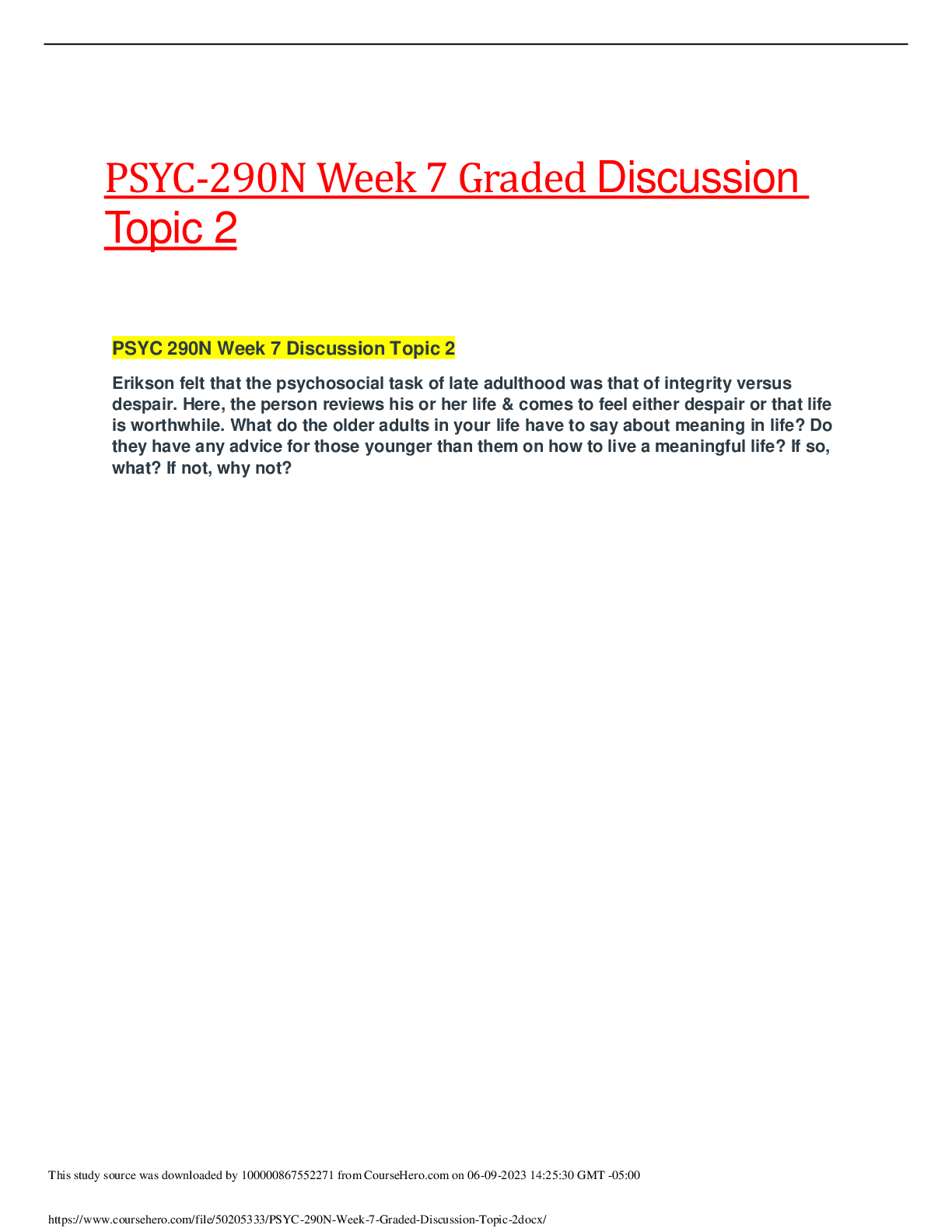
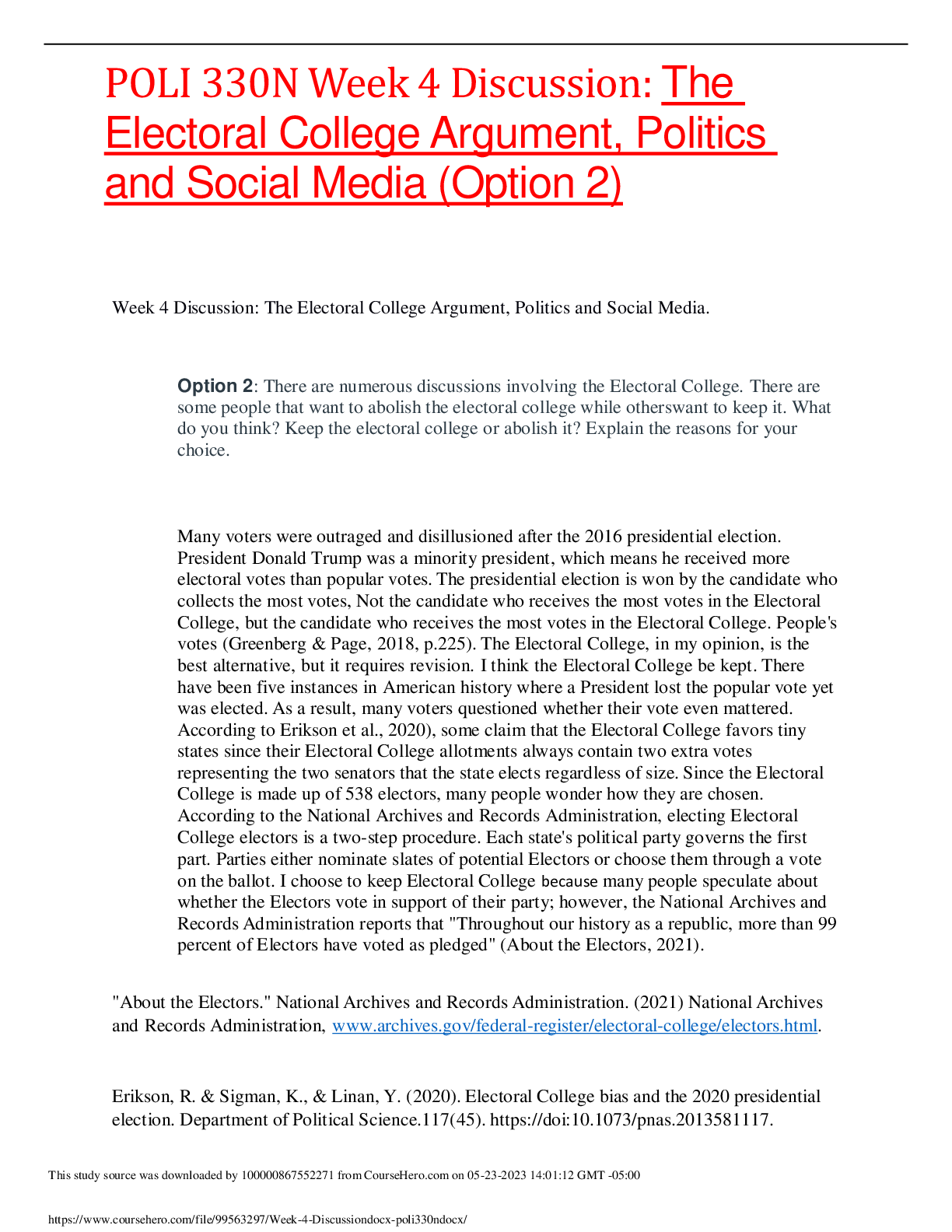
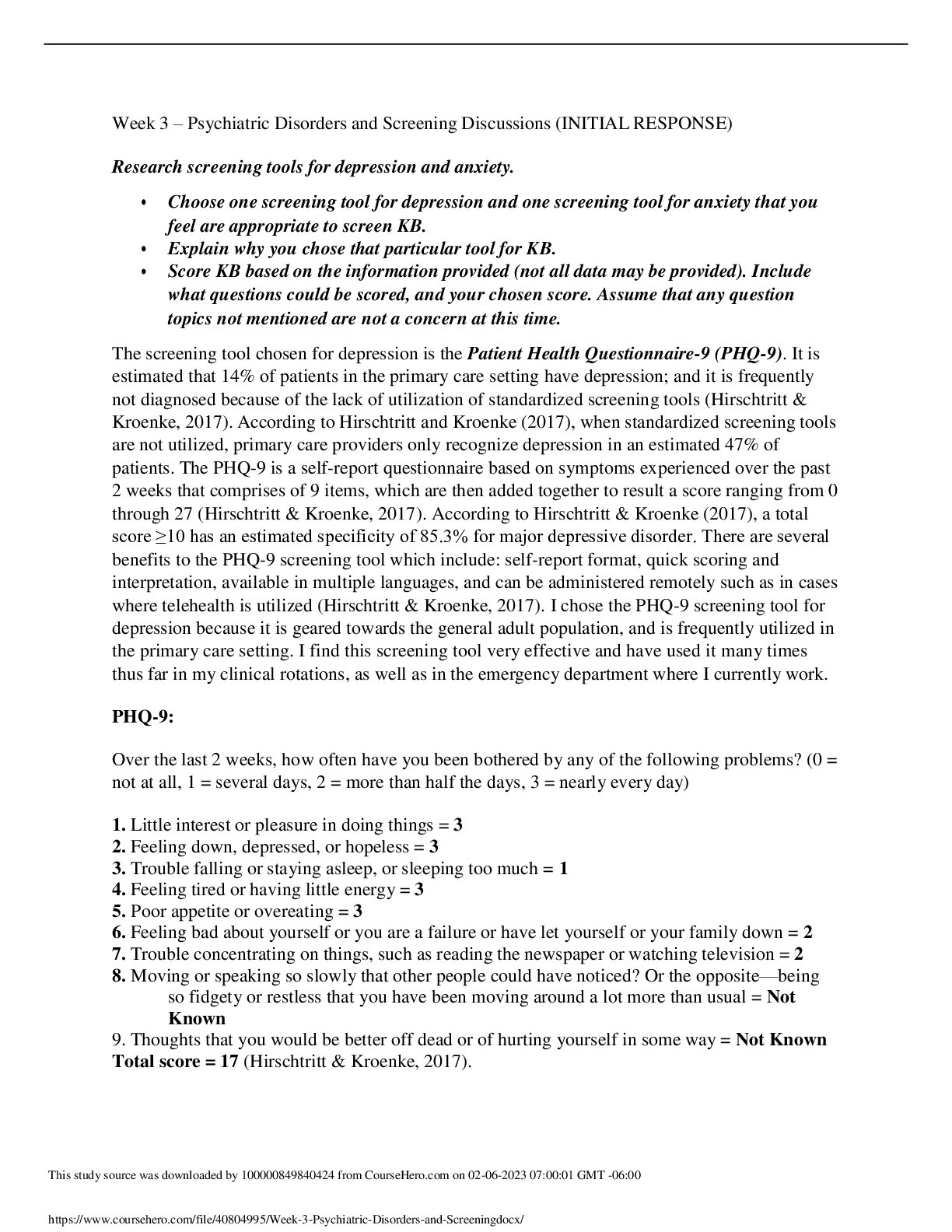
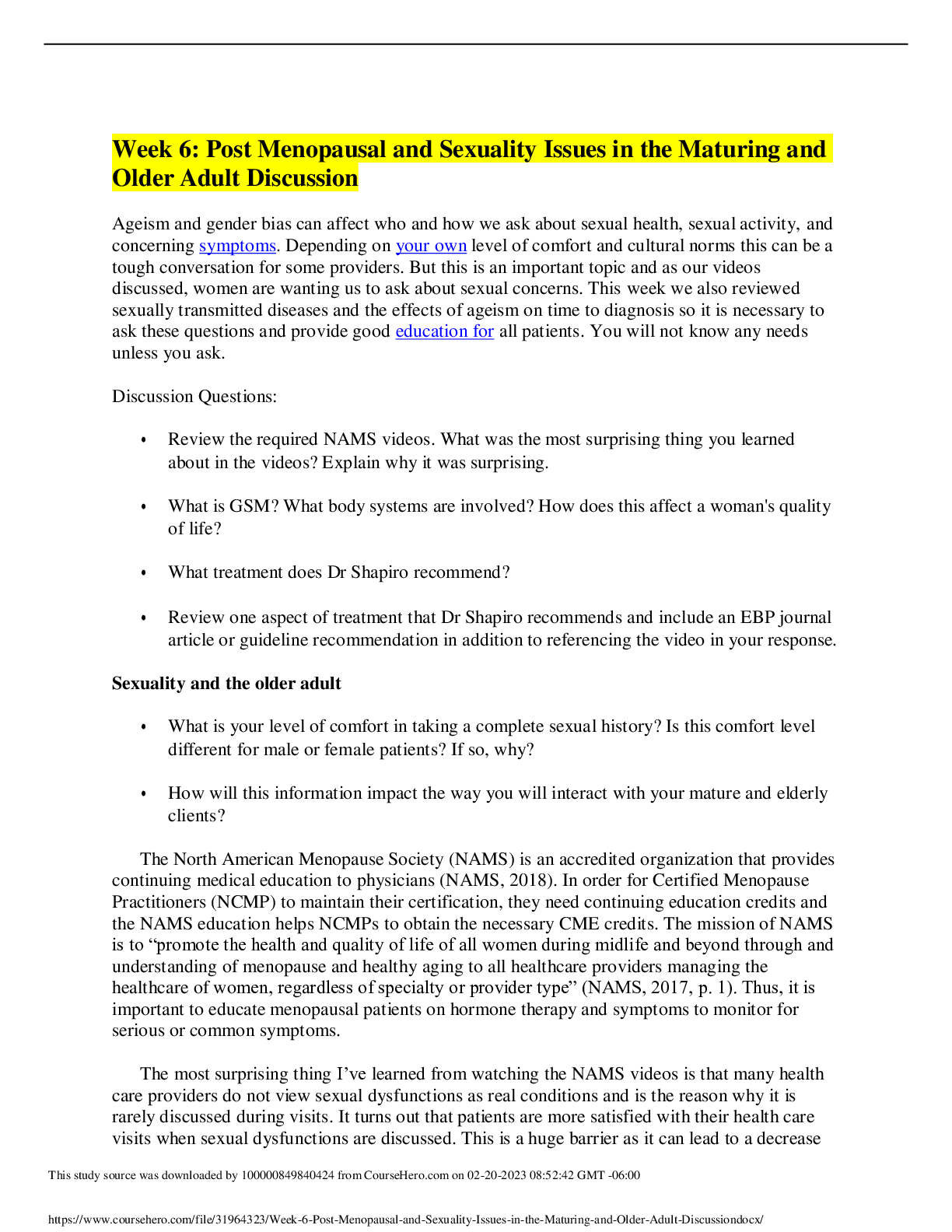
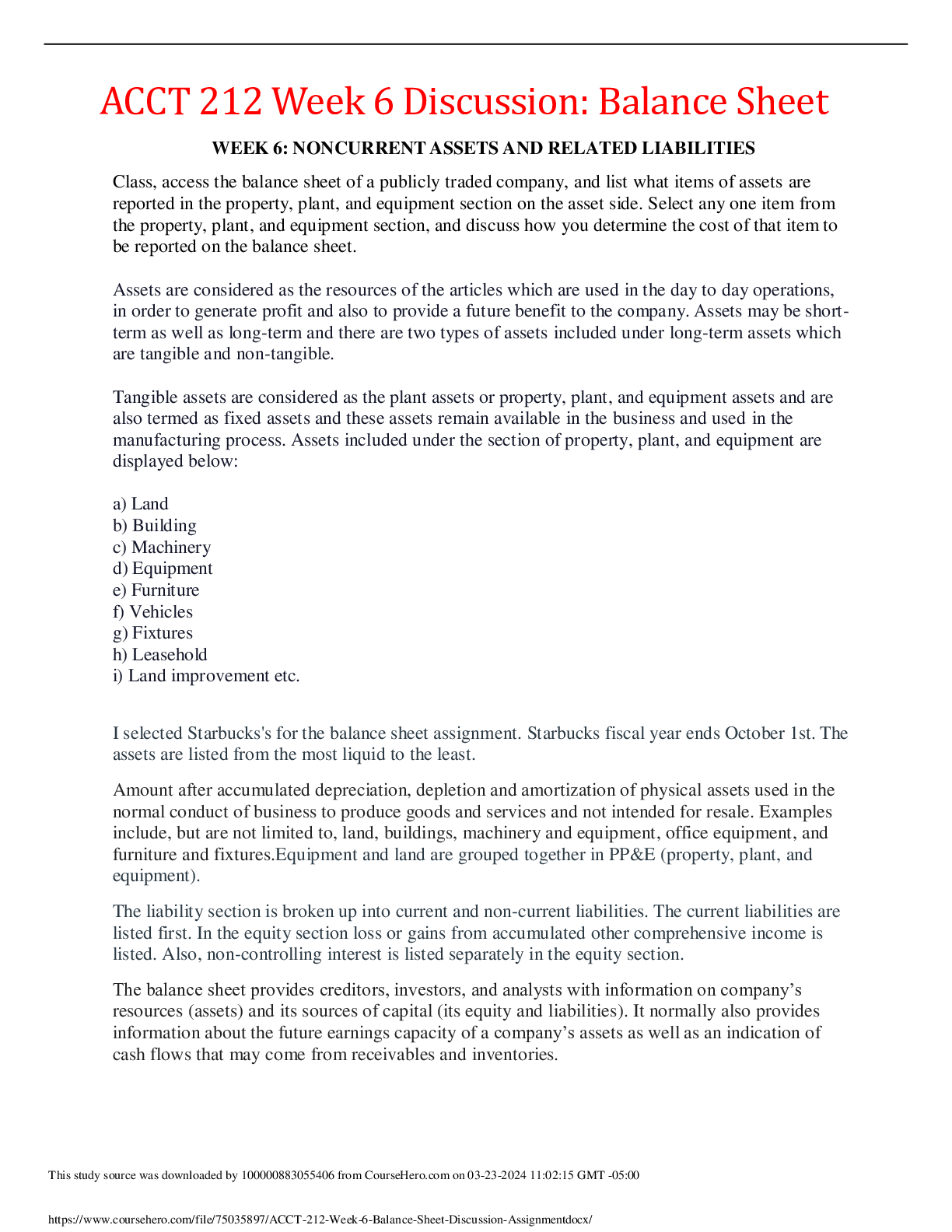
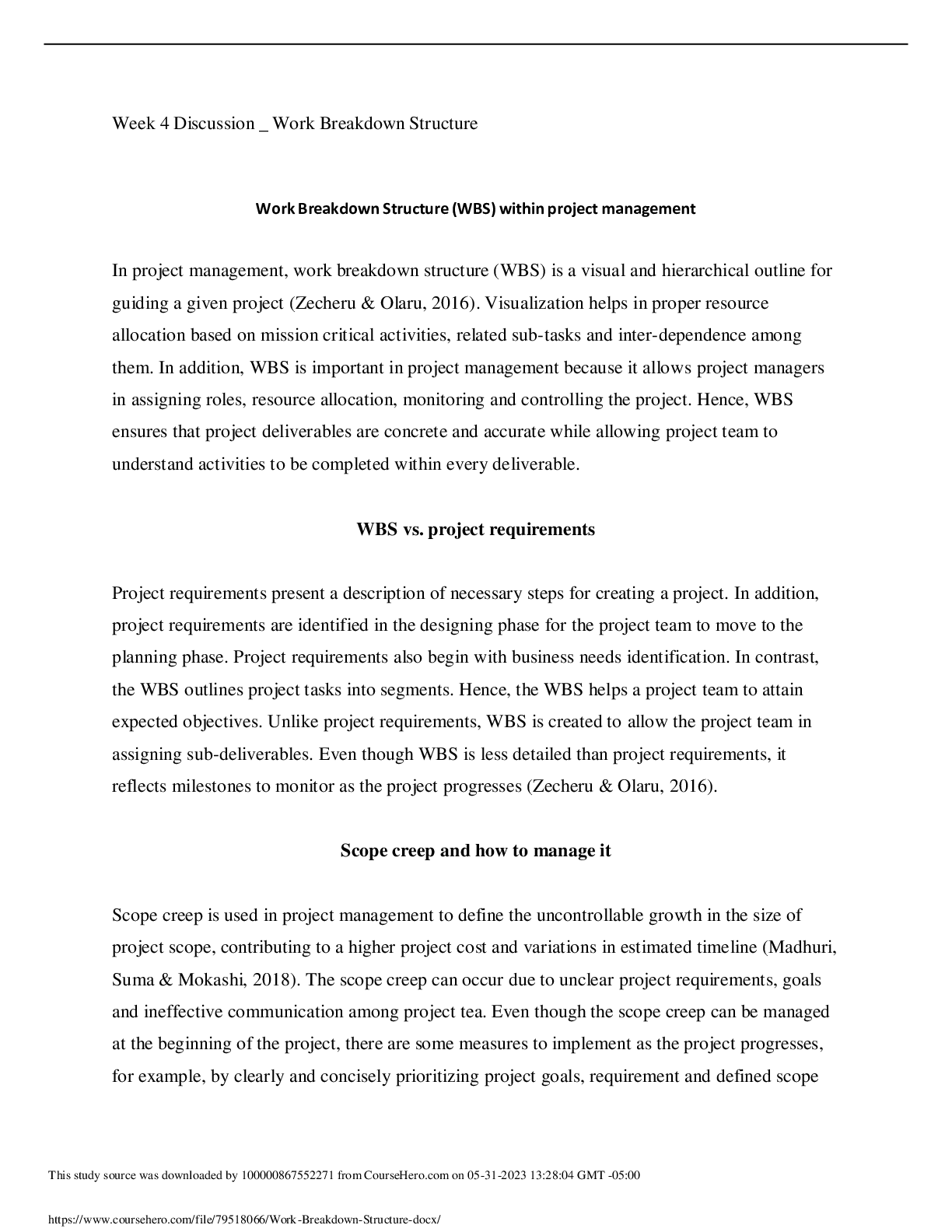

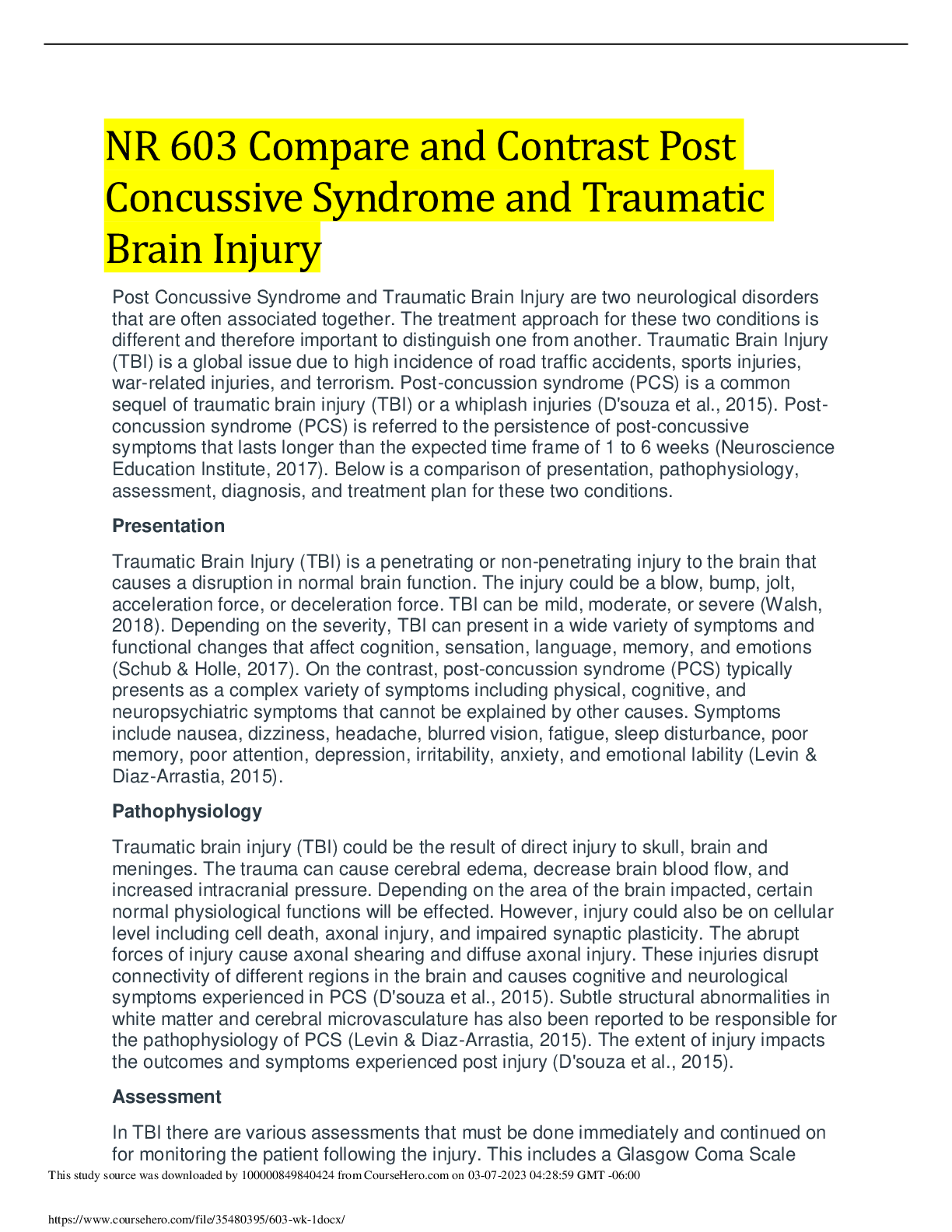

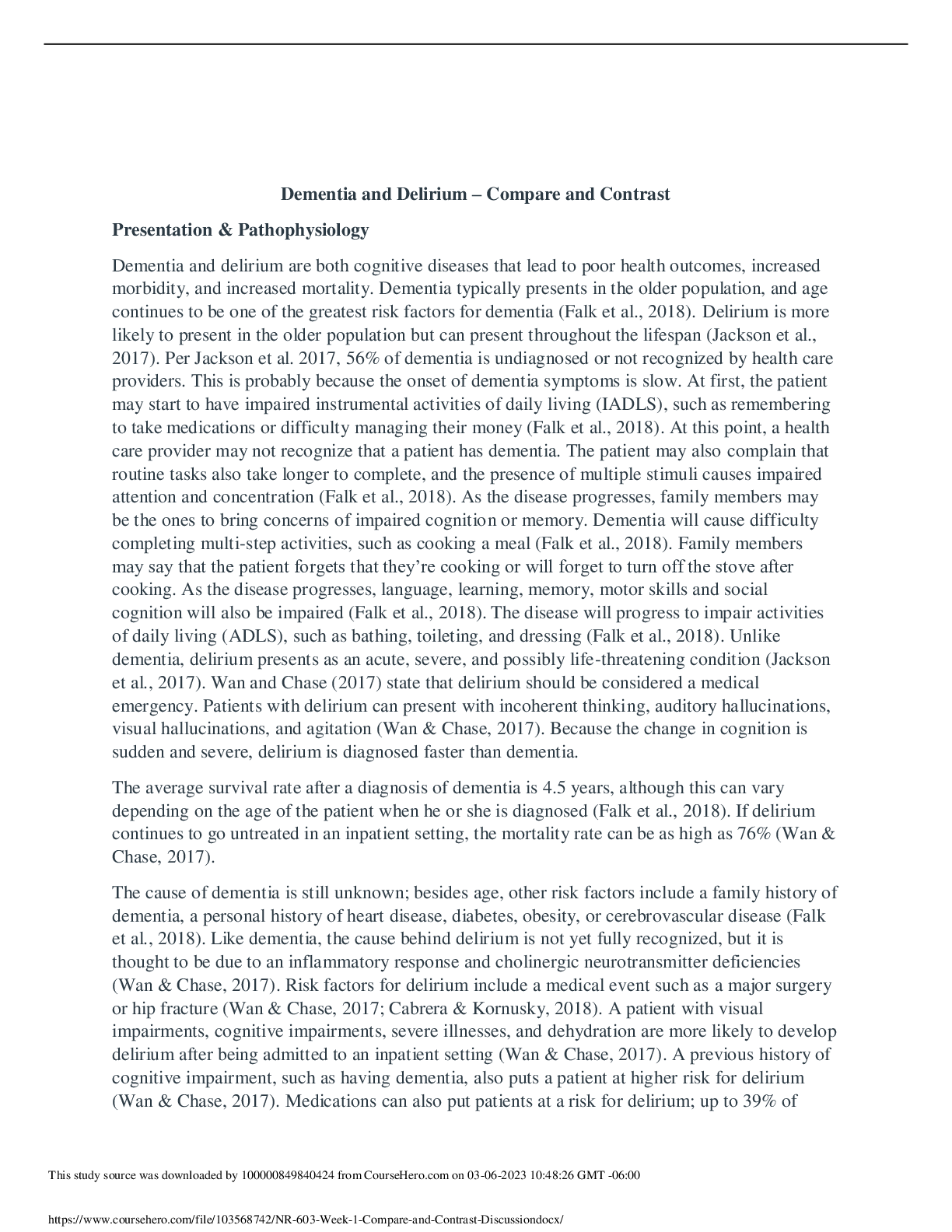




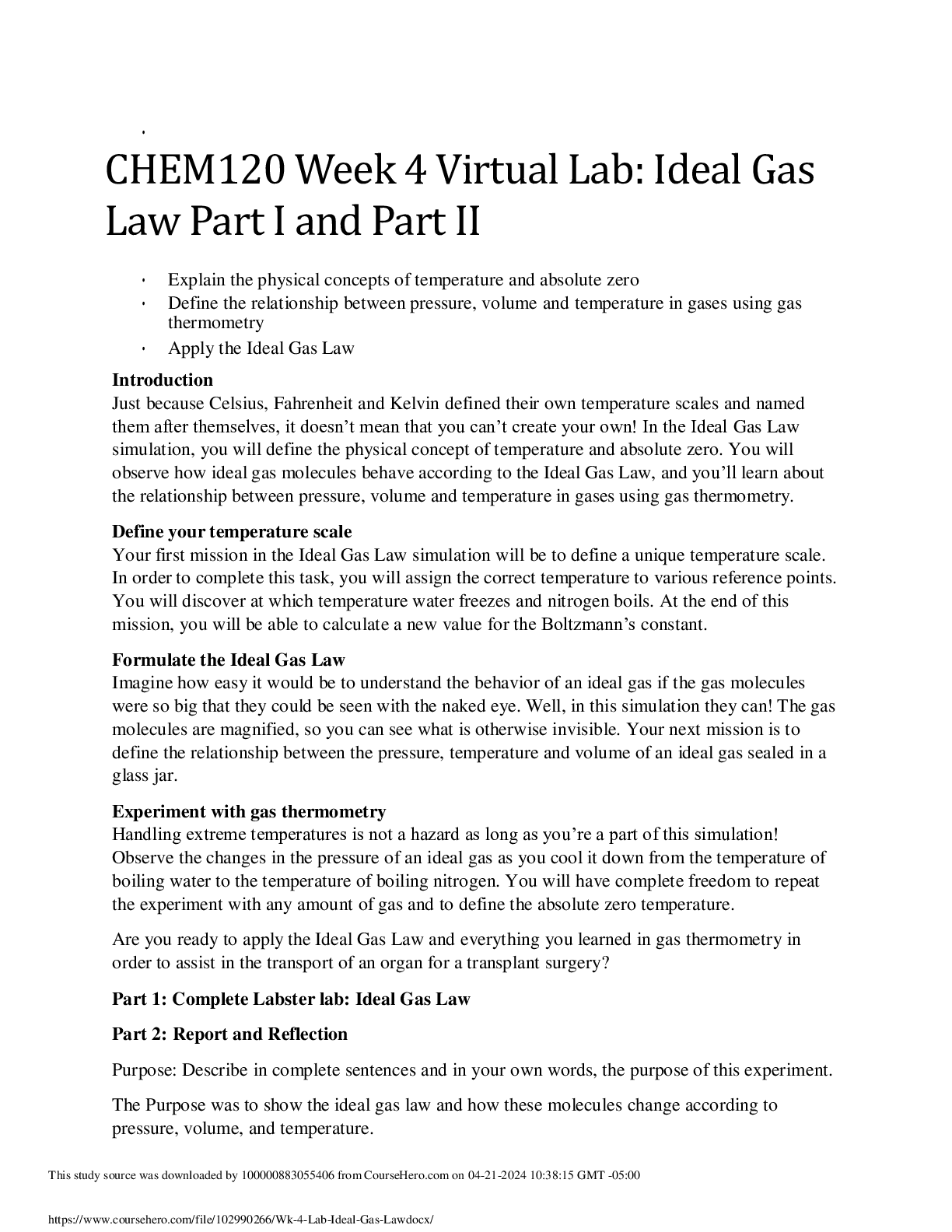


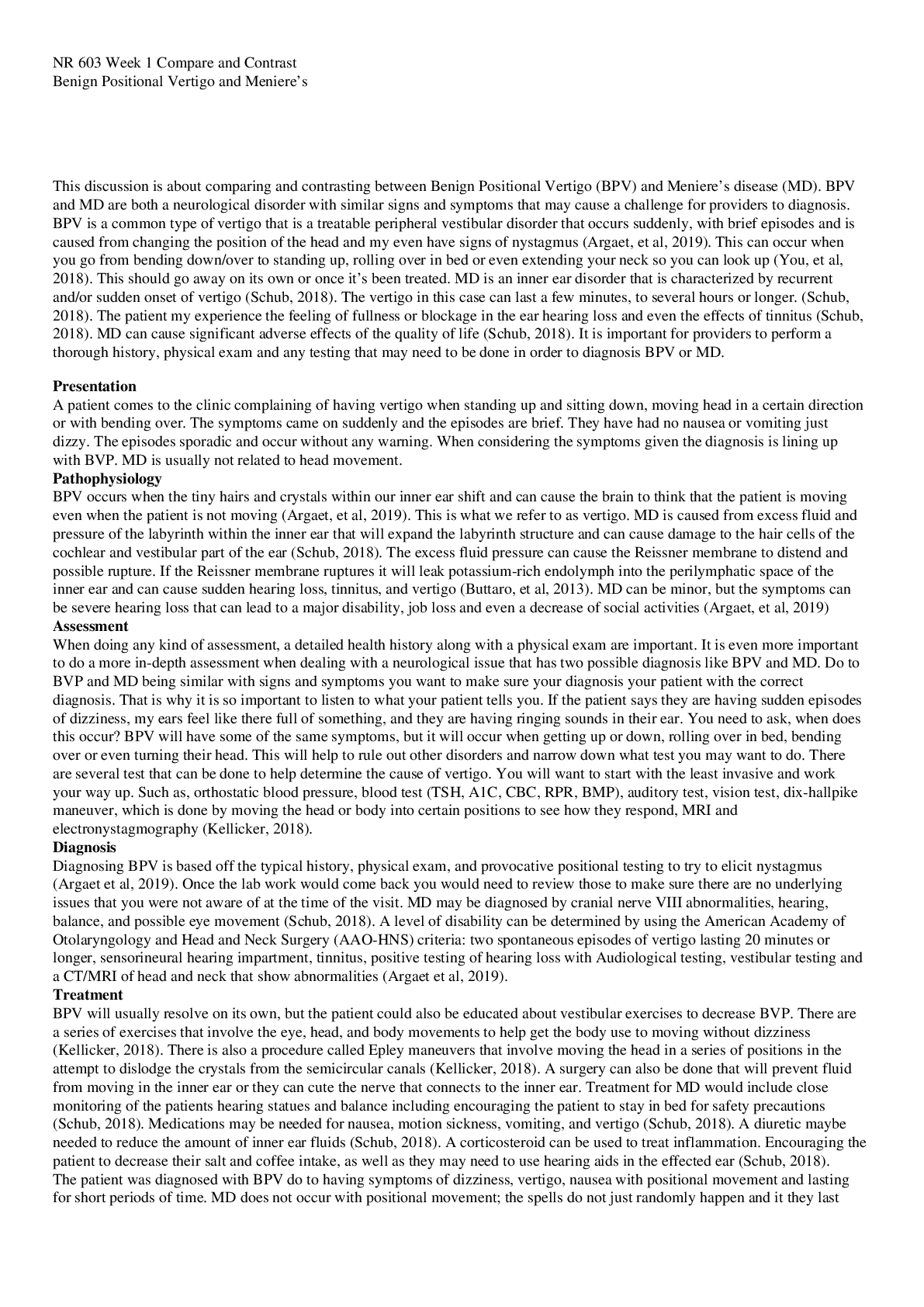
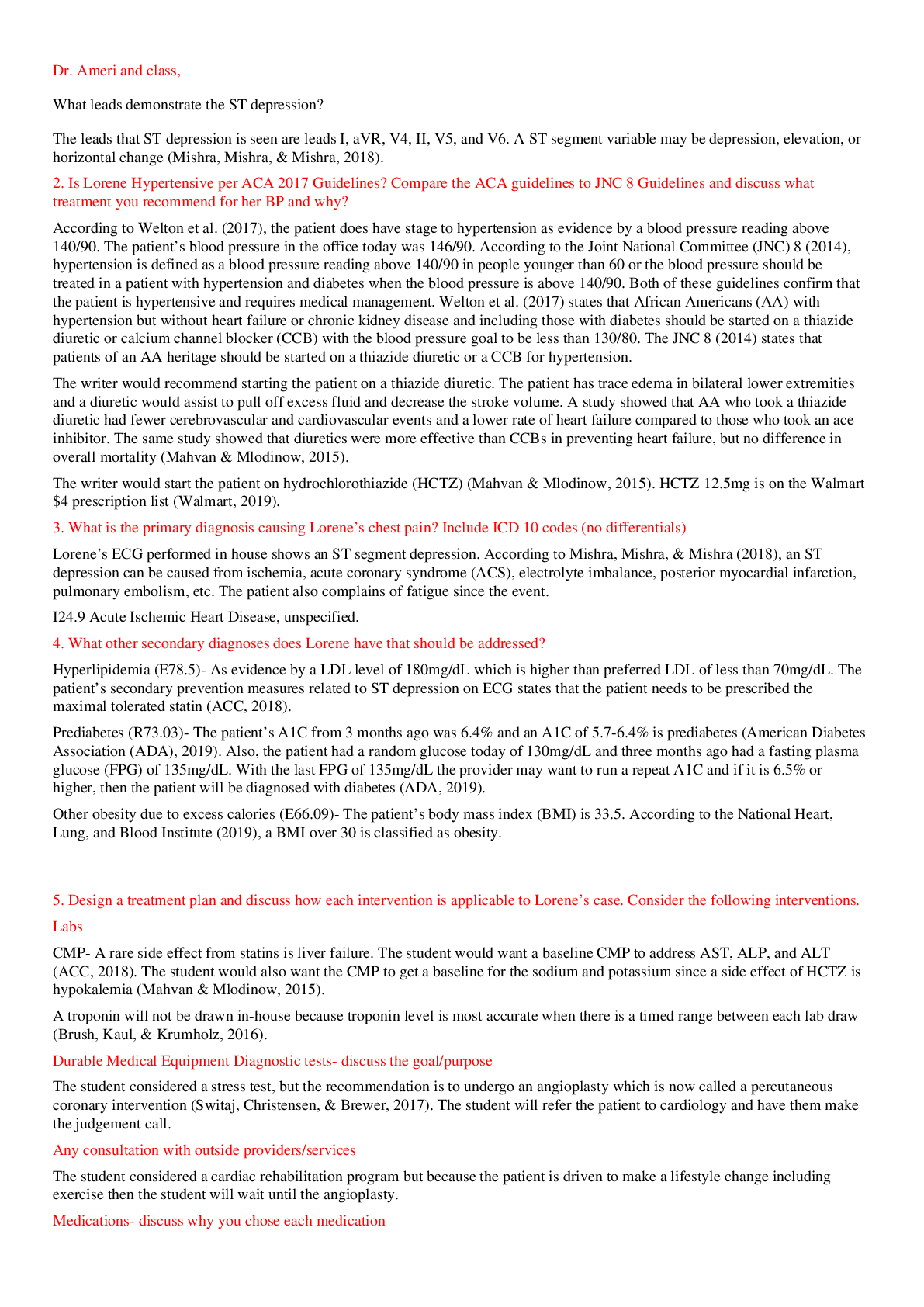


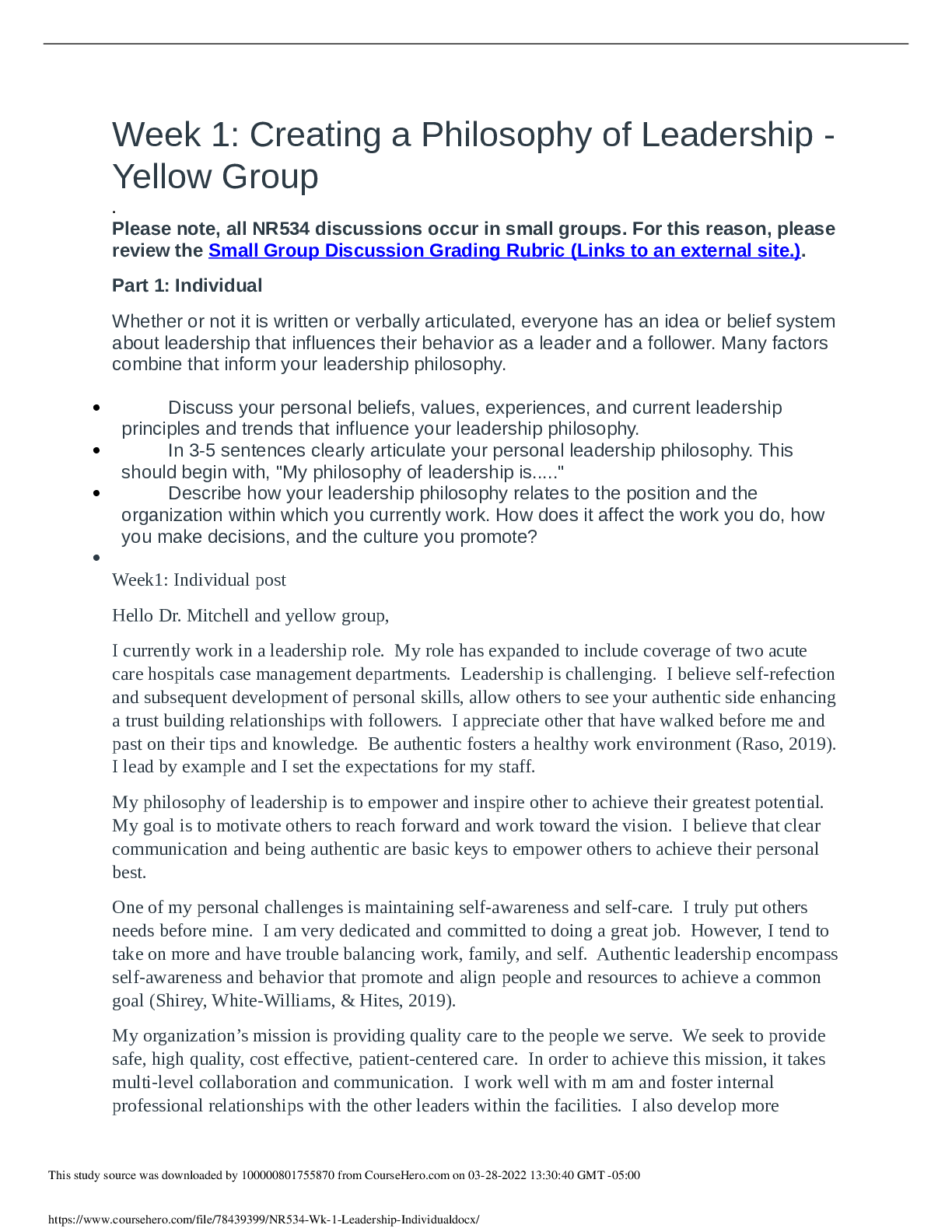

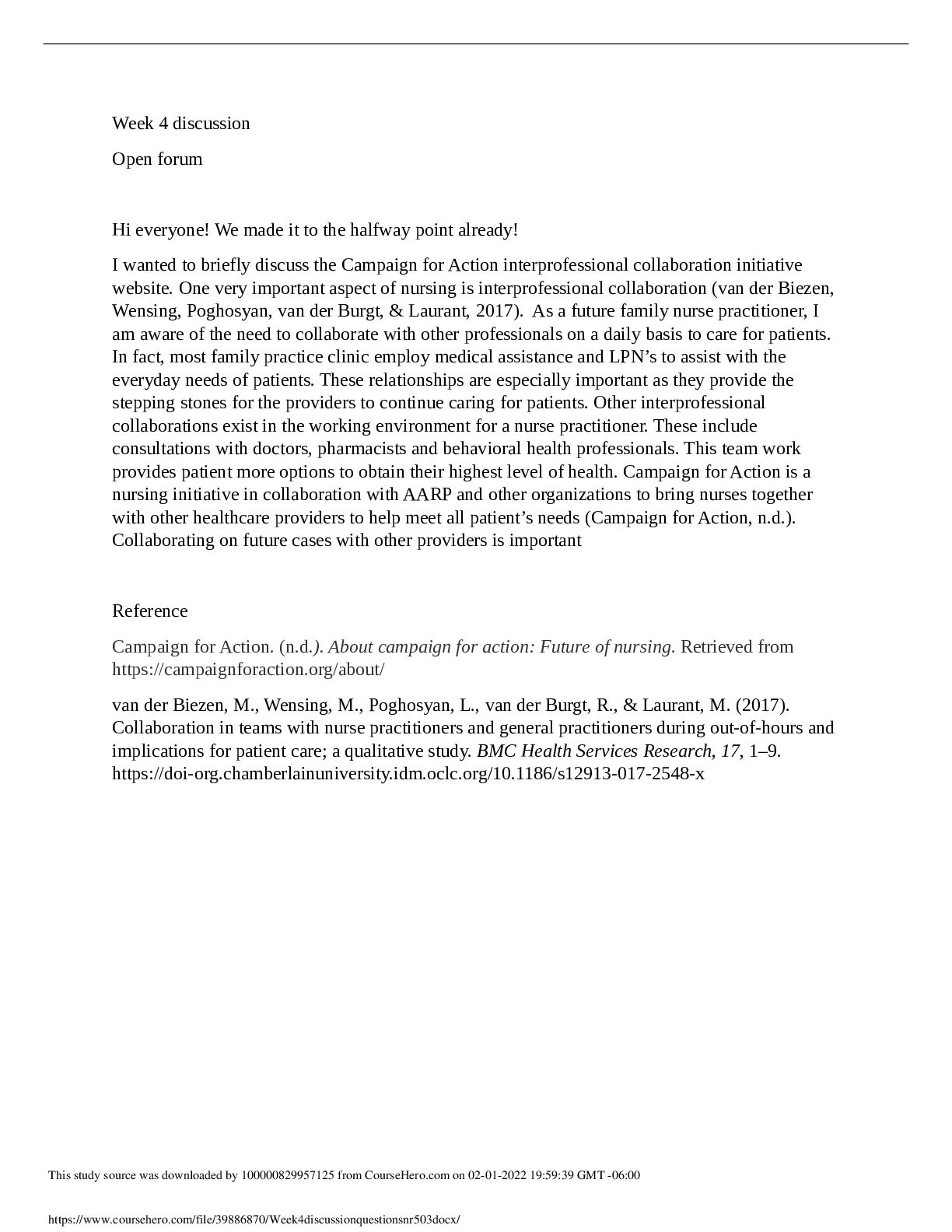



Growth and developmental patterns of toddlers.png)




